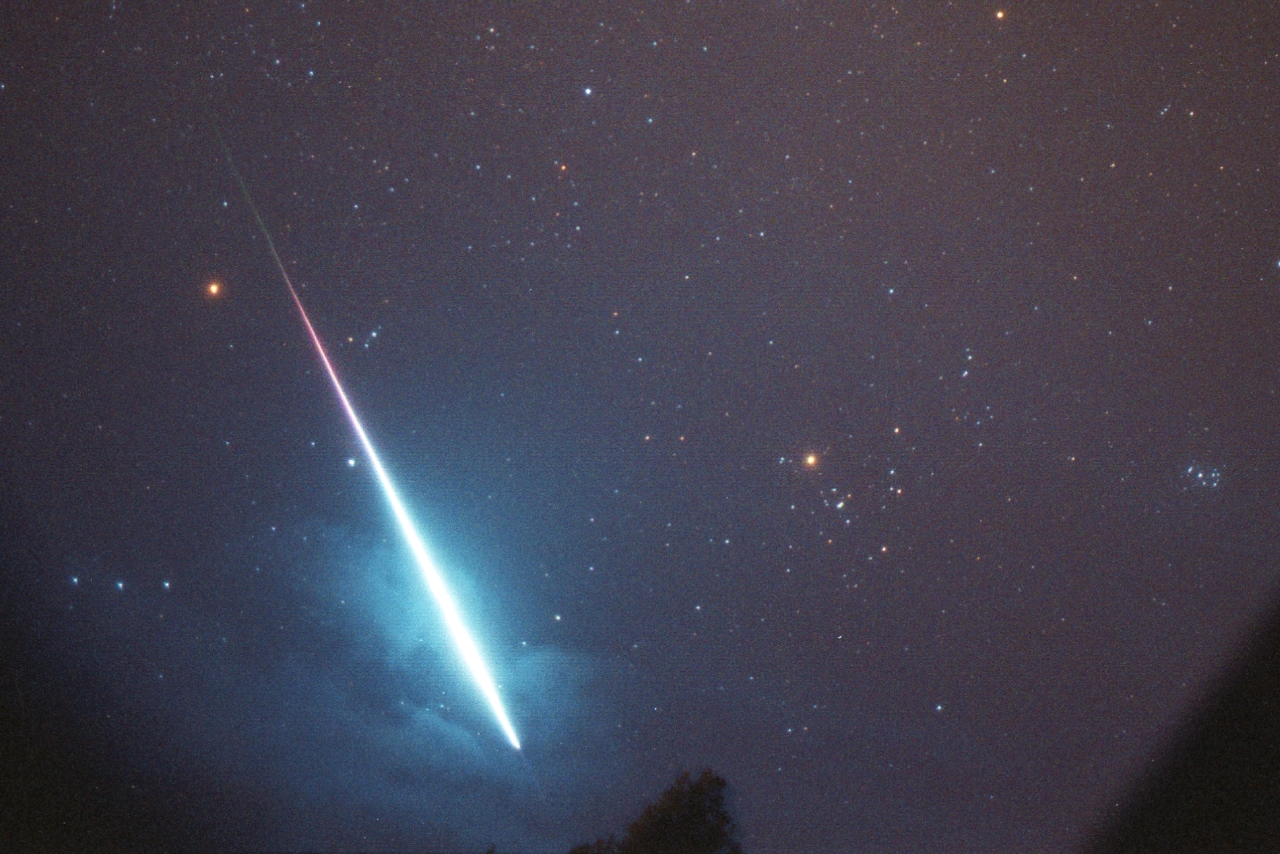 Carbonaceous chondrites are a diverse class of primitive meteorites and the Allende meteorite is the largest specimen ever found on Earth and it has been extensively studied ever since. So far, nine new primitive minerals, including panguite, has been discovered on the meteorite. The search for these minerals involves the use of scanning electron microscopes on the space rocks, and specifically on areas such as refractory inclusions (which is also where panguite was found). Refractory inclusions are among the first solid objects formed in the solar system and contain minerals that are stable at high temperatures and in extreme environments (thus the "refractory" in the name) produced by the solar nebula.
Carbonaceous chondrites are a diverse class of primitive meteorites and the Allende meteorite is the largest specimen ever found on Earth and it has been extensively studied ever since. So far, nine new primitive minerals, including panguite, has been discovered on the meteorite. The search for these minerals involves the use of scanning electron microscopes on the space rocks, and specifically on areas such as refractory inclusions (which is also where panguite was found). Refractory inclusions are among the first solid objects formed in the solar system and contain minerals that are stable at high temperatures and in extreme environments (thus the "refractory" in the name) produced by the solar nebula.Scientists continue to study primitive minerals such as panguite in an effort to learn more about the conditions under which they formed and subsequently evolved, thus increasing our understanding of the origins of our solar system.
ScienceDaily
No comments:
Post a Comment